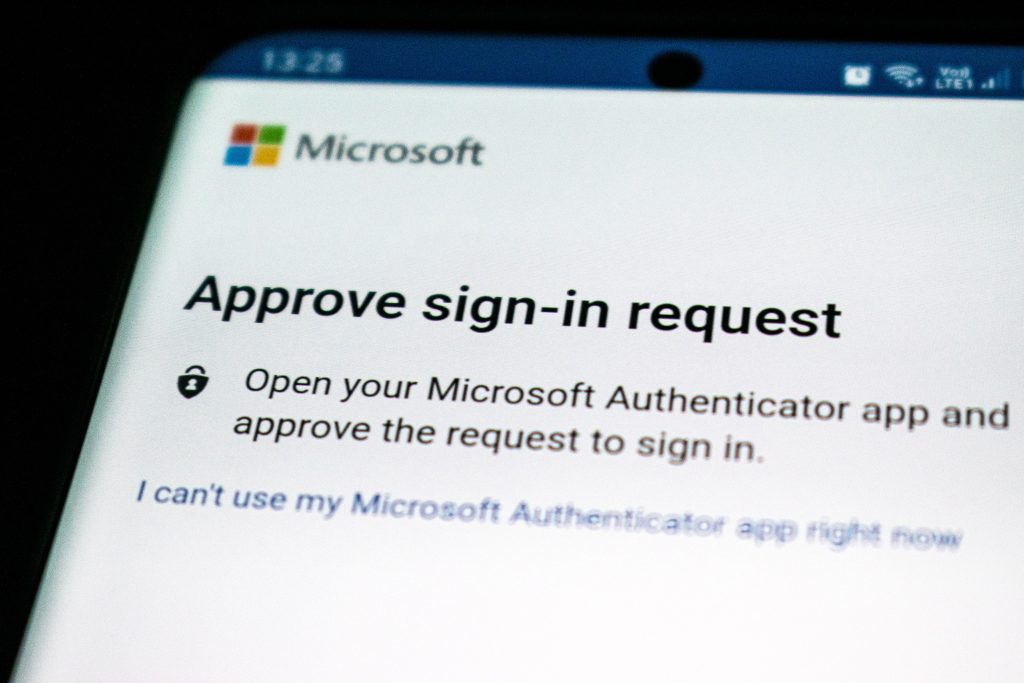In today’s world, cybersecurity is of utmost importance. With an increasing number of cyber threats, it’s essential to have an extra layer of security to protect sensitive information, personal data, and financial transactions. This is where Two-factor authentication (2FA), a type of multi-factor authentication (MFA), comes into play. But what exactly is 2FA, and why should you use it?
What is Multi-Factor Authentication and how does 2FA fit in?
Multi-Factor Authentication (MFA) is a security process that requires users to provide multiple forms of verification before gaining access to an account, system, or network. The goal of MFA is to add extra layers of security beyond just a password, making it significantly harder for attackers to gain unauthorized access.
MFA relies on three primary categories of authentication factors:
Something you know – A password, PIN, or security question.
Something you have – A smartphone, hardware token, or smart card.
Something you are – Biometric data such as fingerprints, facial recognition, or voice recognition.
By requiring multiple factors from different categories, MFA greatly reduces the chances of unauthorized access, even if one factor (e.g., a password) is compromised.
Two-Factor Authentication (2FA) is a subset of MFA that specifically requires two authentication factors before granting access. While MFA can involve two or more factors, 2FA strictly uses only two. Two-Factor Authentication (2FA) is a security process that requires users to provide two distinct forms of identification before they can access an account. It’s designed to add an extra layer of protection beyond the traditional username and password. While a password is something you know, 2FA requires something you have (e.g., a physical token or a mobile device) or something you are (e.g., a fingerprint or a face scan), ensuring that even if your password is compromised, the account remains secure.
Why implement 2-Factor Authentication?
- Enhances security: Passwords alone are vulnerable to various attacks, including brute-force and phishing. 2FA mitigates these risks by requiring an additional verification step, making unauthorized access significantly more difficult. Studies have shown that accounts with 2FA enabled are far less likely to be compromised.
Protection across multiple devices: Don’t limit 2FA to only your most sensitive accounts. Enable it across all platforms that offer it to ensure comprehensive security.
- Prevents unauthorized access: For accounts containing sensitive data, such as financial records or personal communications, 2FA adds an essential barrier against unauthorized access, ensuring that only you can view or modify your information.
- Protects against phishing attacks: Phishing attempts often trick users into revealing their credentials. Even if attackers obtain your password through phishing, they would still need the second factor to access your account, effectively neutralizing such threats.

Types of 2-Factor Authentication
1. SMS-Based 2FA
One of the most widely used forms of 2FA is SMS-based authentication. When you log into an account, you enter your password, and then a unique code is sent to your mobile phone via SMS. You must then enter this code to complete the login process.
2. App-Based Authentication
With app-based authentication, a mobile app like Google Authenticator or Microsoft Authenticator generates a time-sensitive code (OTP) that you must enter after your password. The code is unique and refreshes every 30 seconds.
3. Email-Based Authentication
Email-based 2FA involves sending a verification code or link to your registered email address after you enter your password. You need to access your email and click the verification link or enter the code to log in successfully.
4. Hardware Token Authentication
Hardware token-based authentication uses a physical device that generates a code. Examples include USB tokens, smart cards, or dedicated key fobs. These tokens generate unique codes that you must enter to complete the login process.
5. Biometric Authentication
Biometric authentication uses a unique physical characteristic to verify your identity. Common biometric methods include fingerprint scanning, facial recognition, voice recognition, and even iris scanning. This type of authentication is often used on mobile devices and high-security systems
6. Push Notification Authentication
With push notification authentication, you receive a notification on your mobile device when attempting to log in. The notification includes a prompt to approve or deny the login attempt.
7. SMS OTP with a PIN (Phone-Call-Based)
Some services provide phone call-based 2FA. After entering your password, you receive a phone call, and you must enter a PIN provided during the call to verify your identity.
How to implement 2-Factor Authentication safely
- Choose a reliable 2FA method: There are various 2FA methods available, including SMS, TOTP (Time-based One-Time Password), and biometrics. Choose the method that best suits your needs and ensure that it is reliable.
- Use unique and strong passwords: Ensure that your passwords are unique and strong. Using the same password for multiple accounts can make it easier for hackers to gain access to your sensitive information.
- Store backup codes securely: If you’re using TOTP, it’s important to store backup codes in a secure location in case you lose your phone or it’s damaged.
- Keep your devices and software up to date: Regularly update your devices and software to ensure that any security vulnerabilities are patched.
- Be cautious of phishing attacks: Be cautious of any emails or messages that ask you to enter your 2FA code, as they could be phishing attacks. Only enter your 2FA code on the website or app where you set it up.
Two-Factor Authentication is an important tool in protecting sensitive information and personal data from cyber threats. By choosing a reliable 2FA method and following safe implementation practices, you can enhance the security of your online accounts and prevent unauthorized access.
